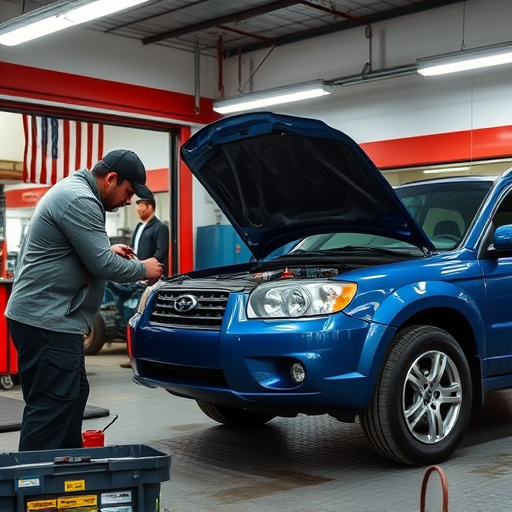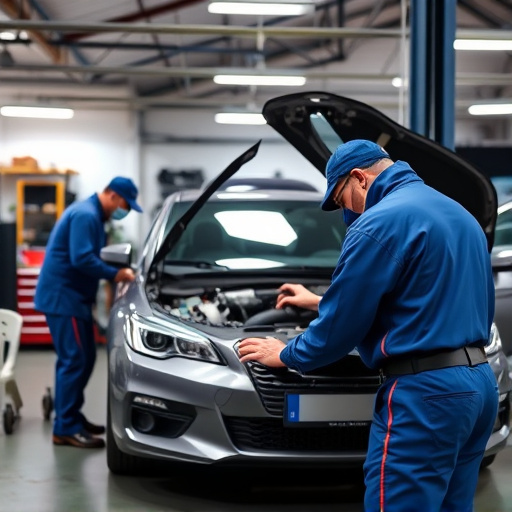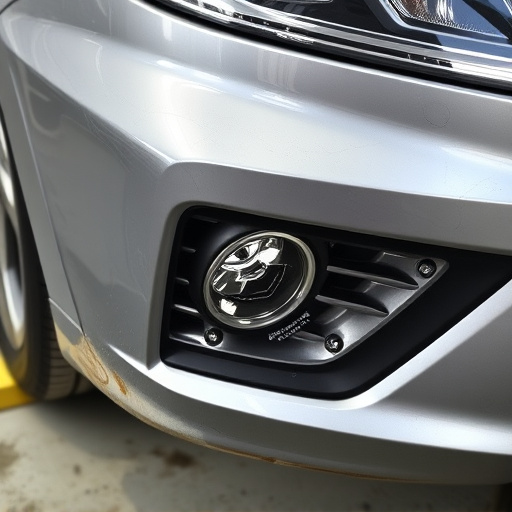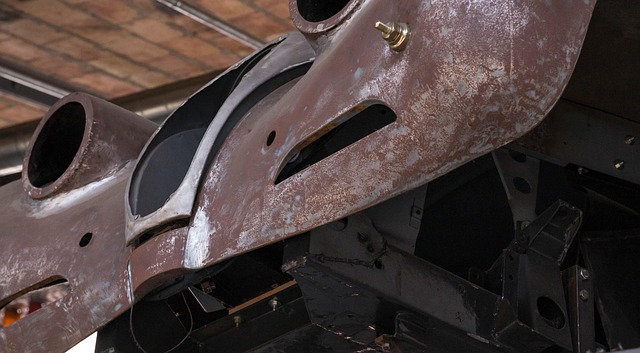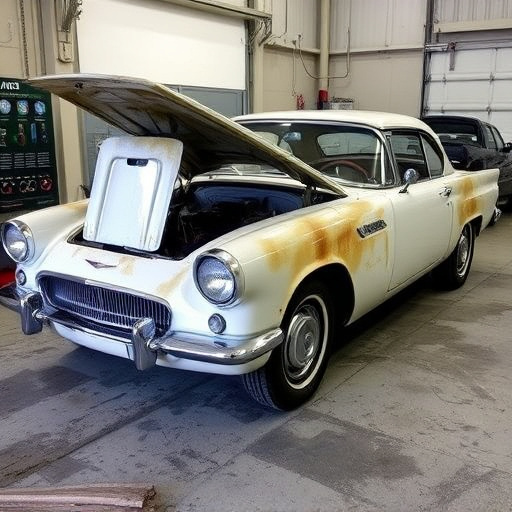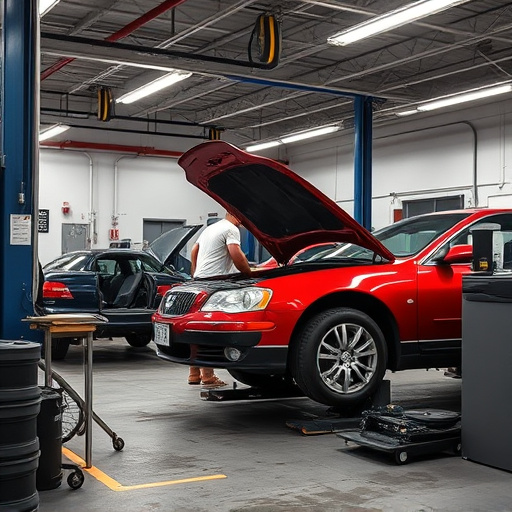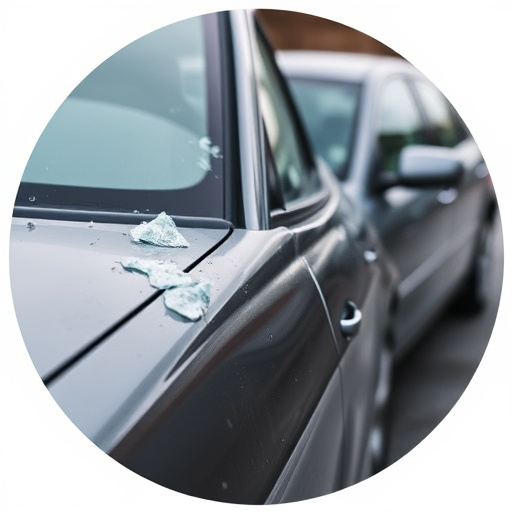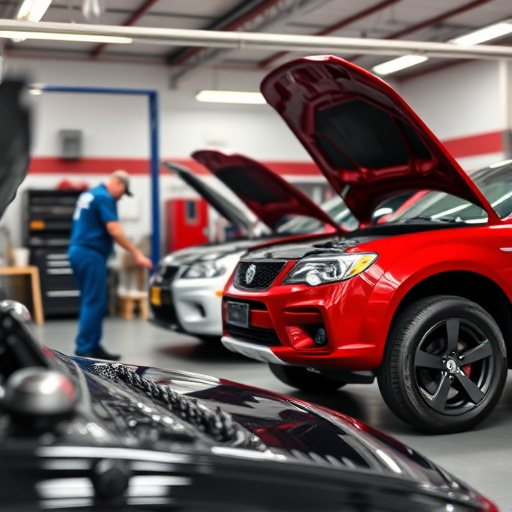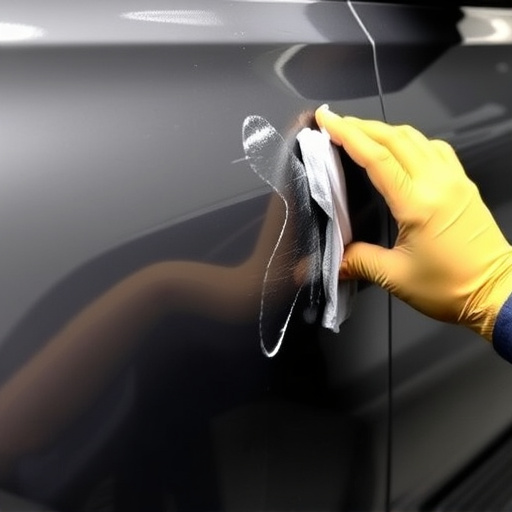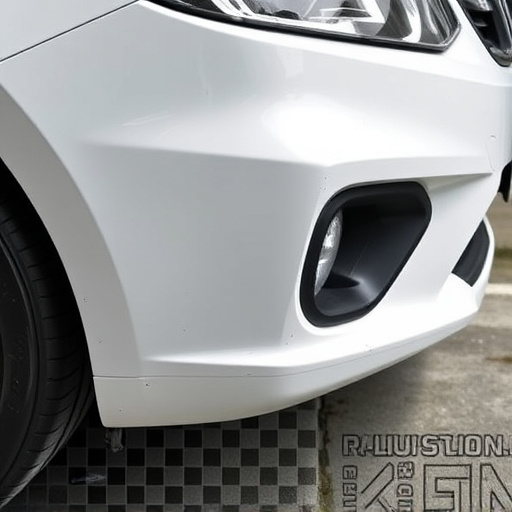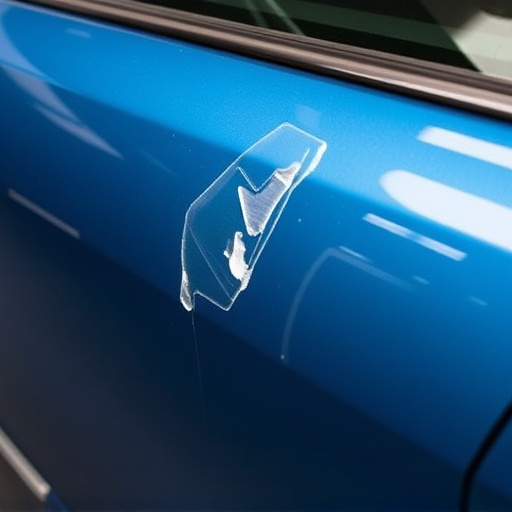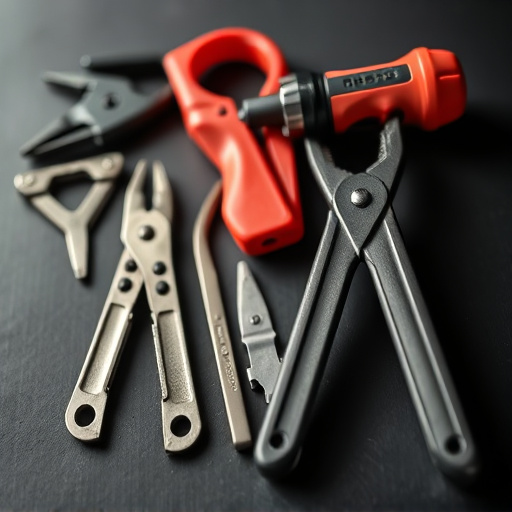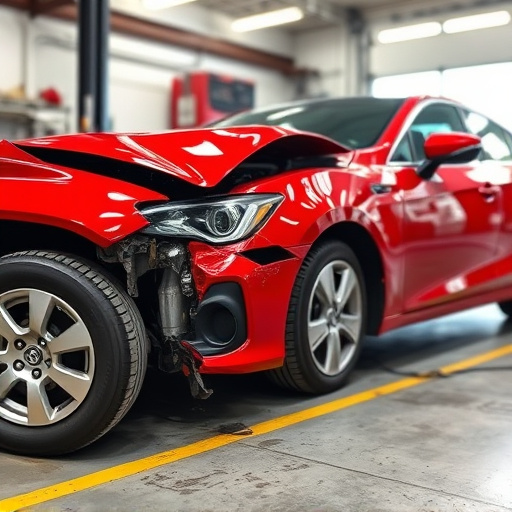Tesla owners should regularly inspect body panels for composite damage like cracks, chips, and scratches, which indicate weakening protective layers. Early detection through routine checks prevents extensive repairs and maintains structural integrity, aesthetic appeal, and overall vehicle performance. Consult experts in Tesla composite repair for accurate assessment and precise, long-lasting fixes to avoid further deterioration or compromise.
Are you noticing signs of trouble with your Tesla’s composite materials? Cracks, fissures, or visible wear can indicate a need for professional Tesla composite repair. This article guides you through identifying common indicators of damage, from surface cracks to structural deterioration. Learn when it’s time to consult experts for top-quality restoration and protection of your Tesla’s unique composite body.
- Signs of Damage: Cracks and Fissures
- Material Deterioration: Checking for Wear
- Professional Help: When to Consult Experts
Signs of Damage: Cracks and Fissures
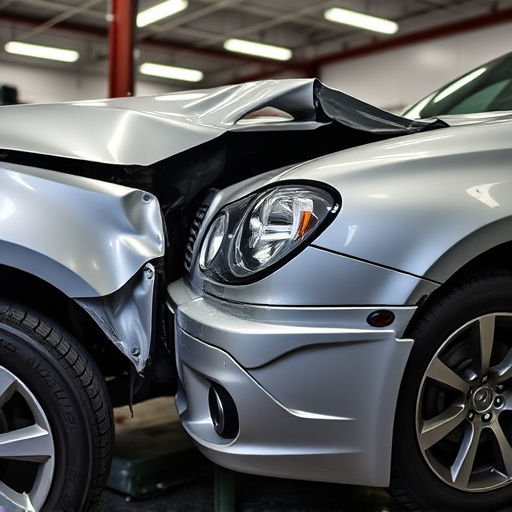
If you own a Tesla, one of the first signs that might indicate the need for composite repair work is the appearance of cracks or fissures in your vehicle’s body panels. These can be caused by various factors, such as minor accidents, extreme weather conditions, or even everyday wear and tear. Cracks may start as tiny lines but can quickly escalate into deeper splits, compromising the structural integrity of your car. It’s essential to address these issues promptly to prevent further damage.
When inspecting your Tesla for signs of composite repair needs, take a close look at areas prone to impact, such as door panels, fenders, and bumper covers. Even minor scuffs or dents can lead to internal cracks that might go unnoticed initially. Regular auto maintenance includes checking these parts, especially after a vehicle collision repair. Timely intervention in identifying and repairing these cracks is vital for maintaining the aesthetic appeal and overall performance of your Tesla.
Material Deterioration: Checking for Wear
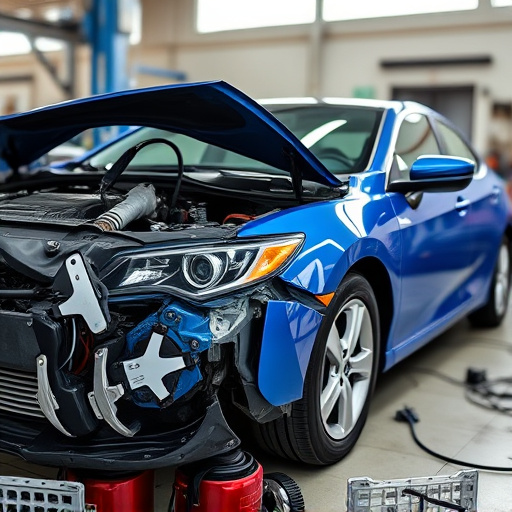
When it comes to Tesla composite repair, one of the primary indicators that your vehicle needs attention is material deterioration due to wear and tear. Composites, being lightweight yet durable materials used in modern car manufacturing, can show signs of aging or damage over time. Regularly inspect your Tesla’s bodywork for any noticeable changes. Look out for cracks, chips, or flaking in the composite panels. These could be early signs that the protective layers are breaking down, making the vehicle more susceptible to further damage from environmental factors like UV rays and harsh weather conditions.
Additionally, checking for scratches and dents is crucial. Even minor scrapes can lead to structural weaknesses if left unattended. Hail damage repair might seem like a distant concern, but even small hailstones can cause significant composite damage over time. By keeping an eye on these aspects, Tesla owners can ensure their vehicles remain in top condition, preventing more extensive and costly repairs down the line related to composite bodywork.
Professional Help: When to Consult Experts
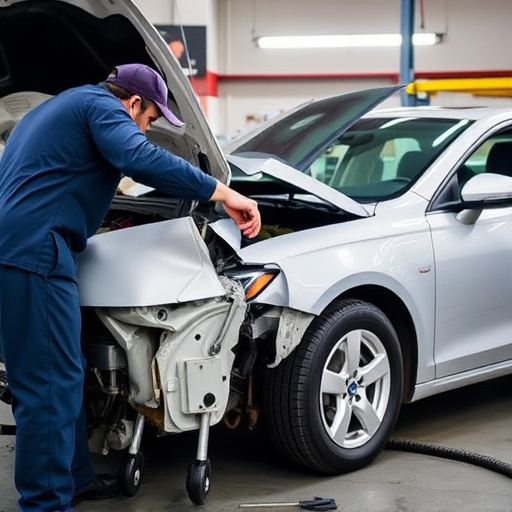
If your Tesla is showing signs of composite damage, it’s crucial to consult experts in Tesla composite repair. Composite materials, while durable, can be complex to work with, and improper repairs can lead to further deterioration or even compromise structural integrity. Professional technicians have the specialized tools and knowledge required to assess the extent of the damage, ensuring that every fix is precise and long-lasting.
Seeking expert help is especially important for fleet repair services where multiple vehicles require attention. A professional shop can offer tailored solutions, considering the unique needs and specifications of Tesla models, and provide restorative work that not only addresses current issues but also prevents future car damage repair problems down the line. Remember, when it comes to vehicle paint repair, especially on high-end models like Teslas, entrusting the process to a qualified expert is key to achieving factory-like results.
If you’ve noticed cracks, fissures, or signs of material wear on your Tesla’s composite panels, it’s crucial to not ignore these indicators. Prompt action and consultation with professionals specializing in Tesla composite repair can prevent further damage and maintain the vehicle’s aesthetics. Remember, timely maintenance is key to preserving the beauty and integrity of your electric vehicle.
